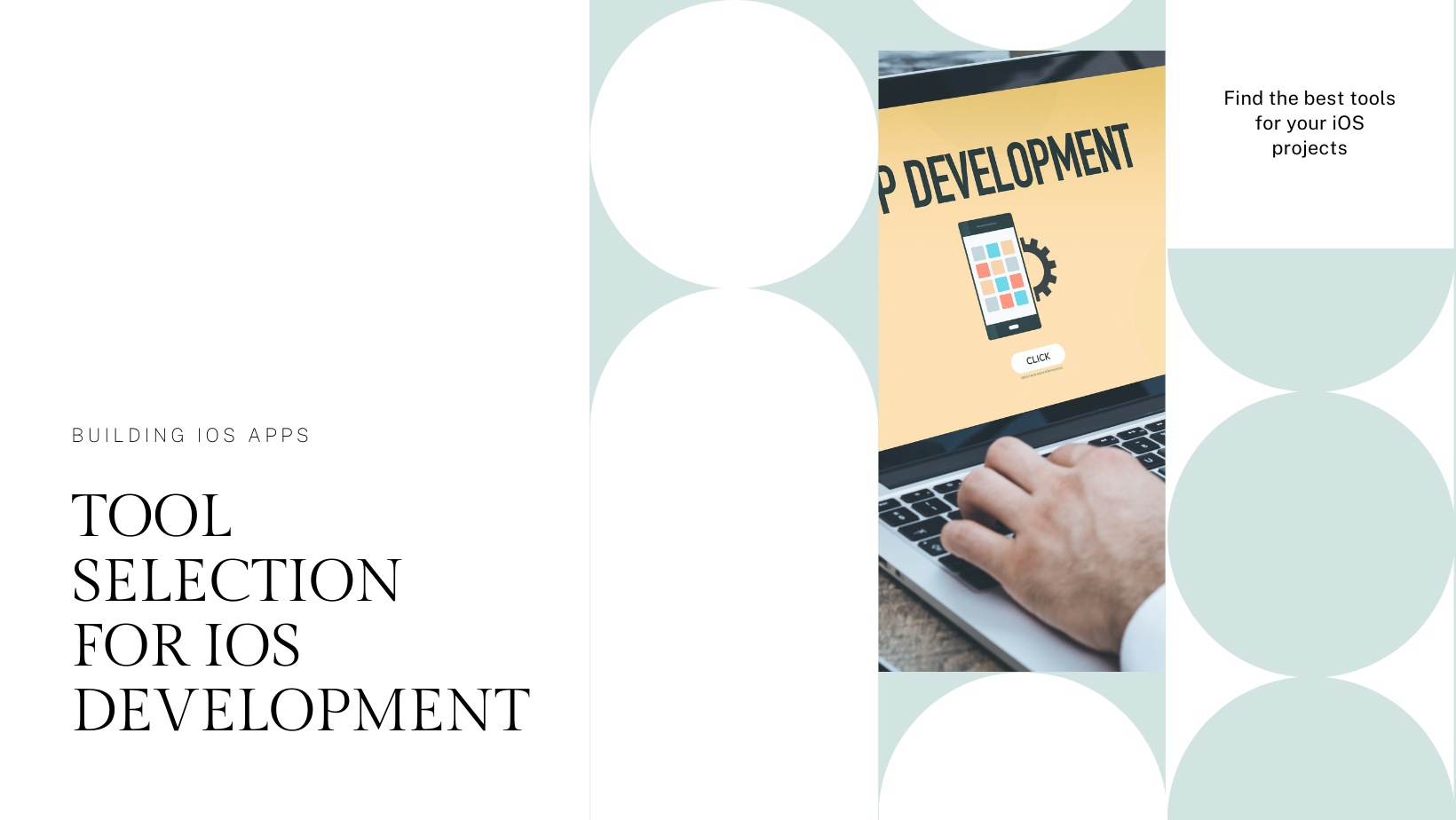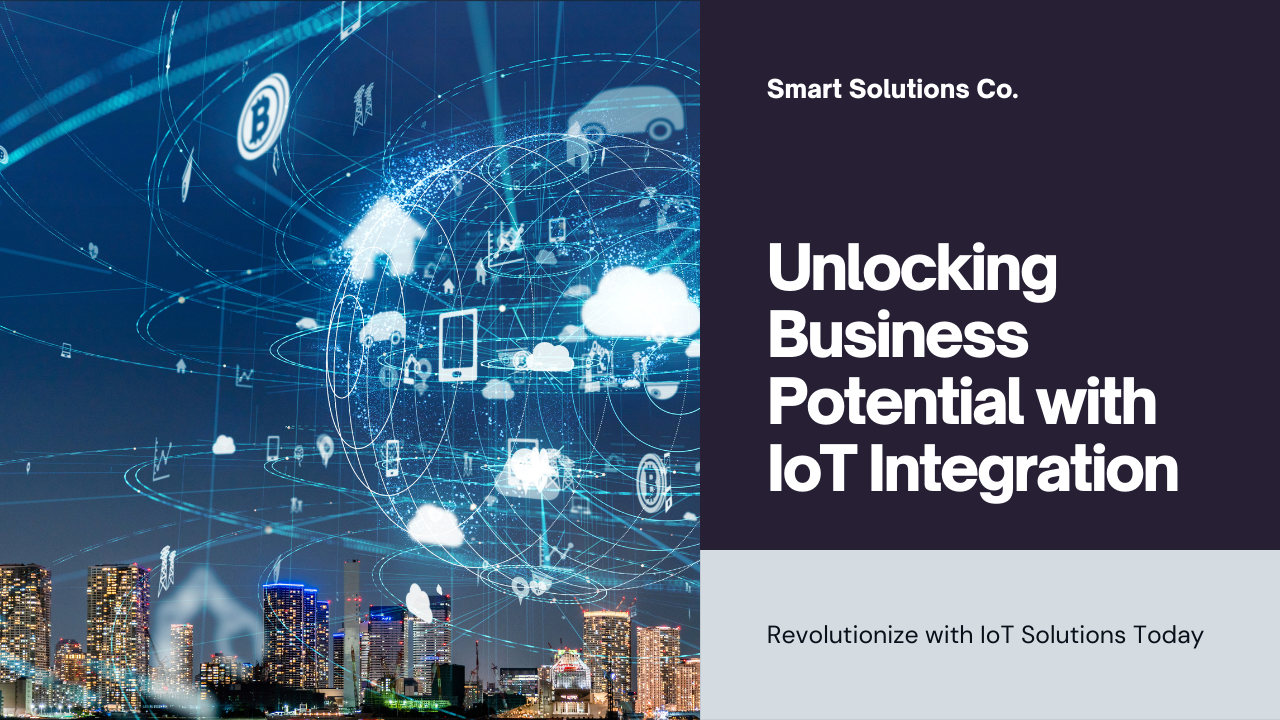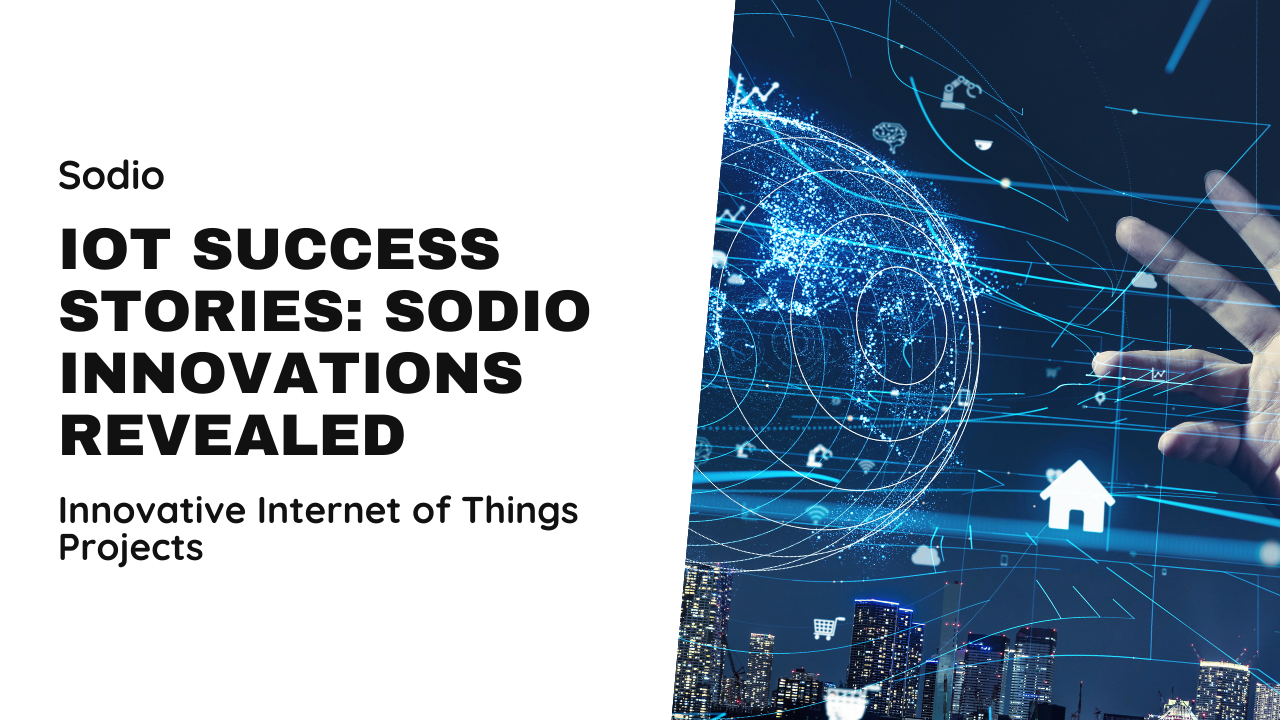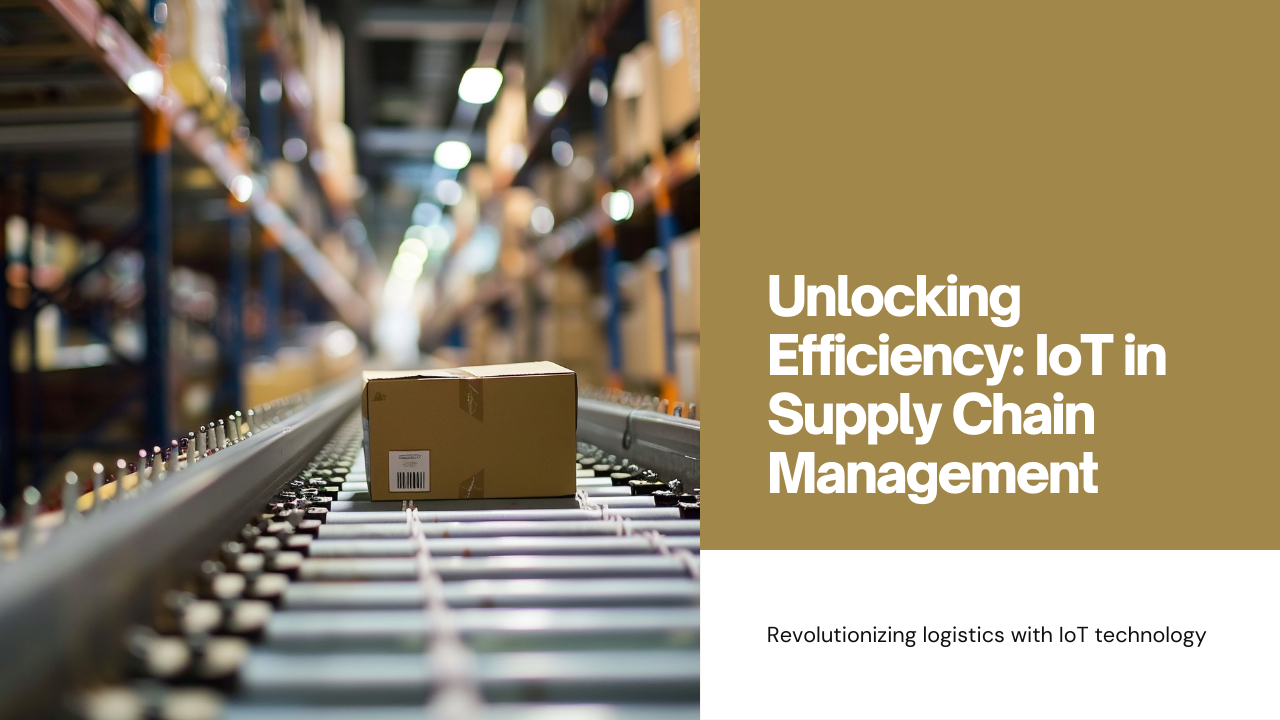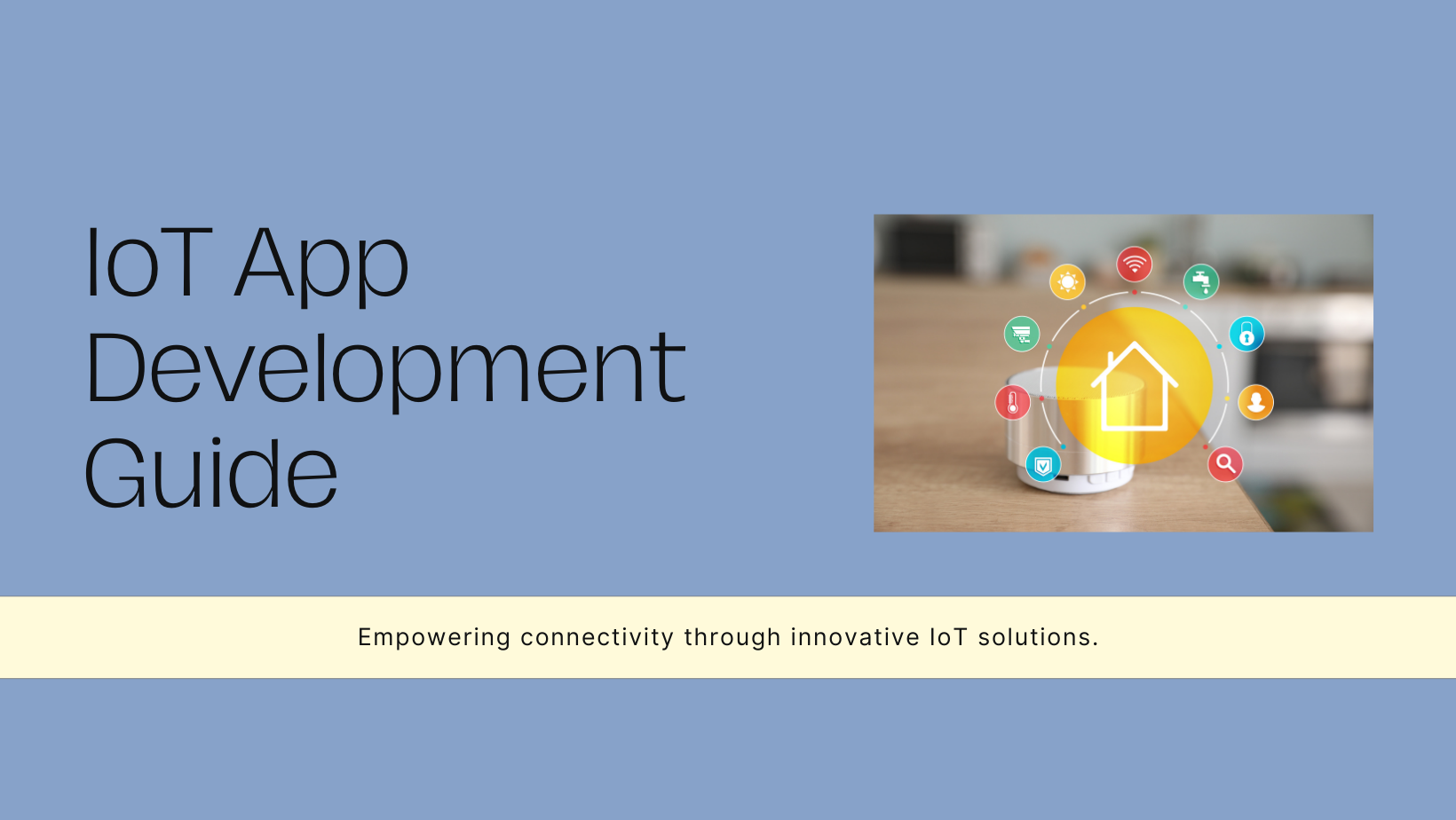In the era of digital transformation, smart homes powered by the Internet of Things (IoT) are redefining how we interact with our living spaces. IoT technologies enable seamless connectivity between devices, sensors, and appliances, enhancing convenience, energy efficiency, and overall lifestyle. In this blog post, we delve into the significant role of IoT in smart homes, exploring its applications, benefits, and future trends.
Understanding IoT in Smart Homes
1. IoT Ecosystem in Smart Homes
IoT in smart homes involves interconnected devices and sensors that communicate via the internet to automate and optimize household functions. These devices range from smart thermostats and lighting systems to security cameras and kitchen appliances, all designed to enhance user experience and operational efficiency.
2. Components of a Smart Home IoT System
- Smart Devices: IoT-enabled devices such as thermostats, lights, speakers, cameras, and appliances that can be controlled remotely or automated based on user preferences.
- Sensors: Environmental sensors for monitoring temperature, humidity, air quality, and occupancy to adjust settings and optimize energy consumption.
- Gateway: A central hub or gateway that acts as a communication bridge between smart devices, sensors, and the internet.
- Cloud Platform: Cloud-based platforms for storing and analyzing data generated by IoT devices, enabling remote access and control from smartphones or tablets.
Applications of IoT in Smart Homes
1. Home Automation and Control
IoT enables homeowners to automate routine tasks and control devices remotely through smartphone apps or voice assistants like Amazon Alexa or Google Assistant. Examples include:
- Smart Lighting: Adjusting lighting based on occupancy, time of day, or natural light levels to save energy.
- Smart Thermostats: Regulating indoor temperature based on user preferences and occupancy patterns to optimize comfort and energy efficiency.
- Smart Security Systems: Integrating cameras, motion sensors, and door locks to monitor and secure homes, with alerts sent to mobile devices in case of suspicious activity.
2. Energy Management and Efficiency
IoT devices help homeowners monitor and manage energy consumption more effectively:
- Smart Metering: Real-time monitoring of electricity, water, and gas usage to identify inefficiencies and reduce utility bills.
- Appliance Automation: Scheduling and optimizing the operation of energy-intensive appliances like HVAC systems and water heaters to minimize energy waste.
3. Health and Well-being
IoT contributes to improving health and well-being within smart homes:
- Health Monitoring: Wearable devices and sensors track vital signs and activity levels, providing insights for personalized health management.
- Assisted Living: IoT-enabled devices help elderly or disabled individuals live independently by monitoring their movements and providing assistance in emergencies.
Benefits of IoT in Smart Homes
1. Convenience and Comfort
- Remote Access: Control devices and monitor home security from anywhere with internet connectivity.
- Automation: Automate tasks like adjusting temperature, lighting, and entertainment systems based on preset conditions or user preferences.
2. Energy Efficiency
- Optimized Resource Consumption: Reduce energy and water usage by automating appliances and adjusting settings based on real-time data.
- Cost Savings: Lower utility bills through efficient energy management and reduced waste.
3. Enhanced Safety and Security
- Surveillance: Monitor home security cameras and receive alerts for suspicious activities or emergencies.
- Remote Locking: Secure doors and windows remotely and receive notifications of unauthorized access attempts.
Future Trends in IoT for Smart Homes
1. Integration with AI and Machine Learning
- Predictive Analytics: AI algorithms analyze IoT data to anticipate user needs and automate smart home responses.
- Personalized Experiences: Machine learning models personalize settings based on user habits, preferences, and behavior patterns.
2. Expansion of IoT Ecosystems
- Interoperability: Greater compatibility and integration among IoT devices from different manufacturers.
- Smart Cities Integration: IoT-enabled smart homes contributing to larger smart city initiatives for enhanced urban living.
3. Focus on Data Privacy and Security
- Enhanced Security Measures: Implementing robust encryption, authentication, and data protection protocols to safeguard personal information and prevent cyber threats.
Conclusion
IoT technologies are transforming traditional homes into intelligent, interconnected spaces that enhance convenience, energy efficiency, and security. As a leading provider of IoT solutions, Sodio Technologies is committed to empowering homeowners with innovative smart home technologies. Explore our range of IoT-enabled devices and solutions to experience the future of smart living.
Transform your home into a smart home with Sodio Technologies. Contact us today to learn more about our IoT solutions and how we can help you create a connected living environment that meets your lifestyle needs.

